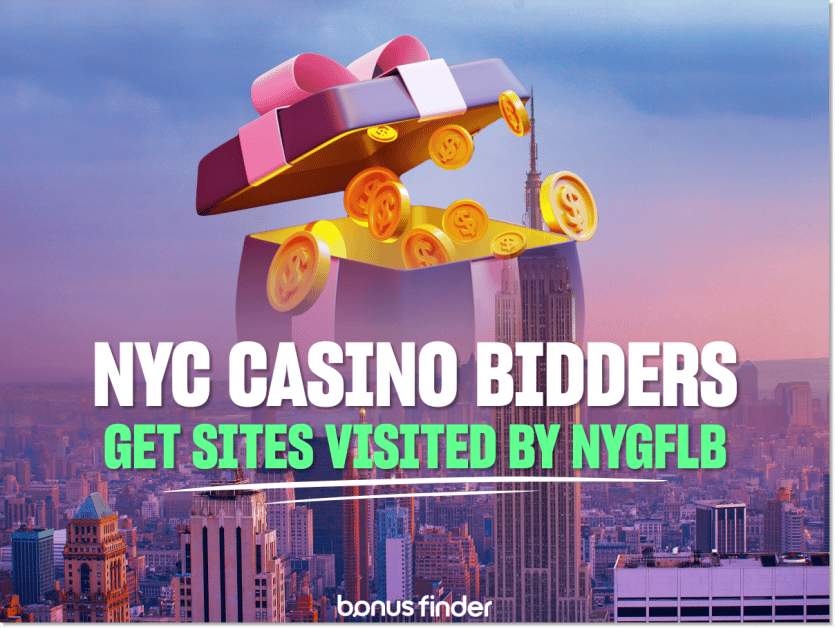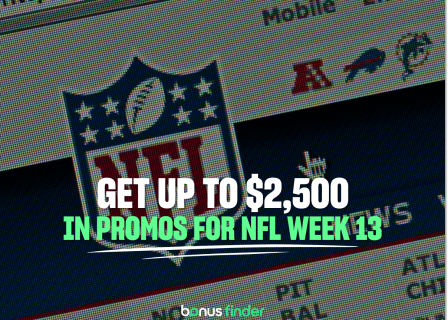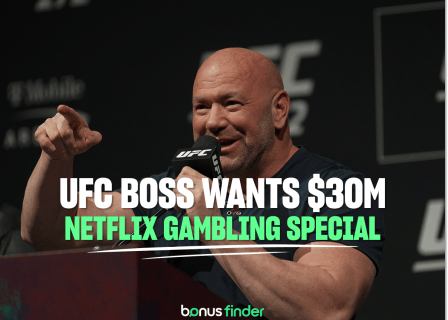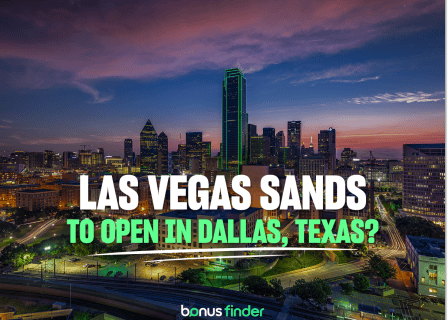On November 17, the New York Gaming Facility Location Board (GFLB) visited all three sites still in the race to obtain a retail casino license in the Big Apple. BonusFinder, an online casinos comparison sites, tells all on the latest NYC casino bid updates…
Beginning with the Bronx-based Bally’s venue, Board members continued toward Steve Cohen’s Metropolitan Park project – where a 360-degree virtual tour showcased 3D renders for an entertainment complex.
The day trip concluded with a trip to Resorts World in Queens; the sole contender seeking to expand on existing facilities rather than construct an all-new resort.
GFLB evaluated venues across four main categories
The GFLB sought to understand how New York’s license bidders proposed to satisfy four primary pillars, ranked according to their respective importance:
- Economic activity & business development (70%): How the casino intends to economically benefit New York through tax contributions, revenue, investment, market speed and sustainability.
- Local impact siting (10%): Evaluates whether the venue will have a tangible positive effect on the local area.
- Workforce enhancement (10%): An assessment of job opportunities, programs, advancement roles and worker benefits.
- Diversity framework (10%): A study of the operator’s hiring plans for underrepresented groups, inclusion of the Minority and Women-owned Business Enterprise (MWBE) and leadership opportunities.
GFLB visits: How did each bidder perform?
From shuttle buses to golf buggies and into pre-rendered virtual venues – the GFLB visitation day saw its members traverse a range of indoor and outdoor facilities.
Here’s how each bidder handled its tour….
Bally’s, The Bronx
First on the GFLB docket was Bally’s Golf Links at Ferry Point, located in The Bronx.
Among the operator’s objectives is a 500,000 square-foot gaming area comprising 3,500 slot terminals and 250 table games. If given the green light, Bally’s expects to create 15,000 construction jobs and onboard 4,000 permanent employees – with the latter averaging a yearly salary of around $96,000.
Although these figures are top-of-mind for the GFLB, November’s visit focused less on monetary obligations and more on transport, manufacturing and safety.
Sitting at a horseshoe-style roundtable on the morning of 17 November, GFLB members heard an opening presentation by the Senior Vice President of Corporate Development, Christopher Jewett.
Jewett highlighted “incredible access” to LaGuardia Airport and other nearby transport links on a color-coded map, with significant time attributed to detailing a brand-new bridge designed to simplify and streamline consumer travel.
Pertinently, it was revealed that Bally’s would introduce shuttle buses for employees and customers. When asked whether workers and visitors would travel in the same vehicle, Bally’s representatives outlined that a firm system had not yet been developed.
With the initial presentation complete, GFLB members were then taken aboard golf carts for informal discussions concerning outdoor proposals.
A guided bus tour ensued, where Jewett described precise locations for new developments – such as walkways for golf visitors who currently have to “carry clubs on the road” to access the golf links – and welcomed questions from the board. Moreover, sidewalks and cyclist-specific routes were also outlined.
Naturally, much of the conversation centered on the bridge project – its construction could impact local citizens, yet prove effective once assembled. Bally’s also revealed that a massive new parking lot would be installed, branding this a major issue reported by modern visitors.
All transport development plans, including pathways, are included in the $4bn investment plan, of which $625m shall be dedicated to community contributions.
Metropolitan Park, Queens
Next in line for the GFLB outing was Metropolitan Park, spearheaded by New York Mets owner Steve Cohen.
Located next to Citi Field and a stone’s throw from the new New York City FC soccer stadium, this $8bn “entertainment destination” project is lodged as the go-to venue for sports fans attending games nearby.
Estimates suggest that over 17,000 temporary construction jobs and 6,000 permanent positions will be created as a result of this undertaking, which, once finalized, could accrue $33.5bn in tax revenue over 30 years.
Upon entry, board members were greeted by an introductory line of Park officials. With handshakes and names shared, Metropolitan Park representatives led the GFLB to a miniature top-down model illustrating how the venue might look.
Then came the main event, held in a dim, spherical room. Hard Rock International Chairman Jim Allen took the floor to break down a color-coded map for transport availability and proximity to sports grounds.
What started as a simple, traditional presentation soon transitioned into a fully rendered, 360-degree virtual tour of the mooted resort.
From 13,000-space underground parking lots to local transport hubs, a ‘Flex Plaza’ entertainment complex to outdoor amenities – the entire room lit up in detailed coverage of every main facet.
Not only did Allen set out proposed transport improvements, but, supported by virtual productions of existing services, he described serious frailties in the current transit system.
Anticipating potential disquiet among residents and GFLB members concerning the venue’s appearance, the Hard Rock Chairman stated that his team wants to “make sure it doesn’t look like a casino“, citing the group’s considerable focus on community integration.
On that point, Allen continued: “We do not and we will not position this as a casino. This is truly an entertainment destination.”
As much as Hard Rock and Metropolitan Park officials would like to steer away from being branded as a casino, there remain plans to install 5,000 slot machines, 375 live tables and 30 poker tables.
Hard Rock giving back to the community
On the flipside, up to 450 affordable housing units and accessible play-parks prove Hard Rock’s intent to serve those in proximity to the entertainment complex.
At one point in the meeting, a GFLB member enquired about foot-traffic access to Metropolitan Park from the venue’s east. This cleared the way for Allen and his colleagues to talk through intricate walkways connecting the various stadiums, entertainment areas, local food businesses and housing infrastructure; fusing the entire project together.
Another key topic was limiting disruption for Mets fans – Hard Rock explained that the Park’s manufacturing timeline would be delayed to alleviate pressure on outgoing traffic and incoming ticketholders.
Lastly, officials invited the GFLB members to an outdoor area, where an augmented-reality tablet visualized future train services and accessibility facilities, such as ramps.
It should be noted that public resistance to the project came to light at this stage of the visit, as a smattering of anti-casino protestors lofted signs and chanted against Metropolitan Park.
As for economic activity and the wider New York economy, Hard Rock anticipates generating around $6.6bn through gaming expenditure, hotel bookings, entertainment events and increased resident spending, among other factors.
If given a license, work on Metropolitan Park’s ‘integrated resort’ will begin construction on January 15, 2026, targeting a 2030 opening.
Resorts World, Queens
Rounding out the GFLB expedition was a journey to Queens, where Resorts World aims to expand on its existing racino with 800 gaming tables, 6,000 slot machines, 2,000 hotel rooms and several interconnected premium facilities.
Starting in a lobby, the visit rolled into action with informal chatter between Resorts World executives and board members. During this pre-tour segment, an official confirmed that the company’s “biggest revenue is on table games” and spelled out precise GGR figures for slots and other gambling-centric ventures.
A brief overview of the site’s gift shop, gaming rooms and halls was supported by a vibrant atmosphere, as players actively engaged in various gaming terminals on either side of the party.
After traversing a handful of escalators, the GFLB was introduced to a “fourth floor for gaming opportunity“, as executives ran through intricate indoor transport amenities that would allow players to “very easily” explore the entire venue.
The group then moved upward again, to a stage located “directly above the lobby and gaming area.” Here, canvas illustrations painted pictures of a new reception, lounge and vertical transportation opportunities.
Particularly noteworthy was that Resorts World holds marked reverence for premium players, and tour leaders outlined plans to incorporate “high limit gaming suites” for a “certain customer who just wants privacy.”
Central to these exclusive gaming suites is the ability for players to partake in private high-limit games without ever engaging with the main floor.
One official dubbed this player profile as “incredibly important” to the business – hence such studious operational focus.
A ballroom, swimming pool and a 7,000-seater entertainment arena are deeply tied to the team’s proposition, as Resorts World seeks to “marry” these accoutrements in a “strategic initiative.”
As the group made its way down another hallway, GFLB members quipped that they had done more than their fair share of walking for the day. Appropriately, Resorts World representatives next opened the door to none other than…a gym.
Much to the board’s delight, treadmills and weight machines were far from the focal point. Rather, the windows within this fitness room led directly to the aforementioned pool and high-limit gaming suite area, allowing the GFLB to envision how the premises may look.
With the main tour settled, GFLB members were directed to a lounge for coffee and a final presentation. Reiterating their promises and pointing to “incredibly unusual” unanimous support during hearings – where none of 108 speakers opposed the expansion – Resorts World representatives claimed that its complex would “be the largest integrated resort in the US” and deliver the “fastest speed to market” compared to Bally’s and Metropolitan Park by cutting the red tape on March 30, 2026.
In total, the organization expects to dedicate $5.5bn of its $7.5bn investment to core development, with the remaining $2.5bn reserved for community benefits.
The visit concluded with a simple, hard-hitting line from a Resorts World representative: “In summary…we are ready.”
Licenses to be announced on December 1
Attention now turns to December 1, when the GFLB will reveal which, if any, of the three bidders has been successful in obtaining a license.
Those awarded a license will receive certification on December 31.








